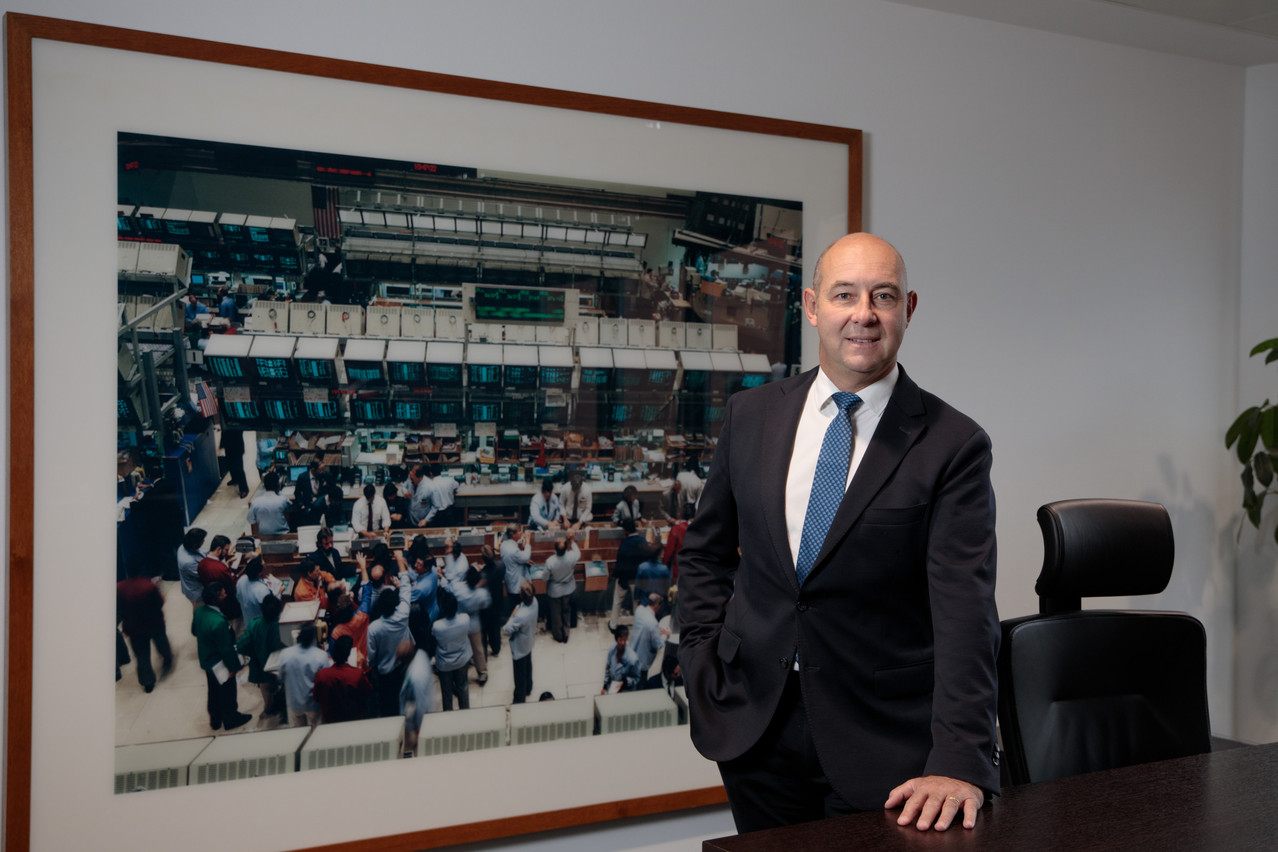Aaron Grunwald: Which parts of your business can be switched to DLT?
: Gradually a large part. I don’t anticipate it to be an overnight switch. Why do I believe that gradually it will be a large part? Because DLT is the future of dematerialisation. The world we live in, the world of securities and cash industry, is moving from banknotes into electronic money.
If you look five to ten years into the future, how much of your business will be based on DLT?
A large part.
What does ‘a large part’ mean?
The most important part of our business.
More than 50%?
More than 50%. [DLT means that] if nodes that use blockchain technology, if the nodes are in a private or a public setup, if the nodes that are supposed to confirm that this investor has that number of units on his book, if all the nodes agree upon that, once and for all, it’s recorded in the DNA of the blockchain, and is the truth. So there’s a tension between those who will [and will not], going forward, provide what is an opportunity offered by blockchain-slash-DLT to propose an alternative, and it’s an alternative that we at Clearstream want to exploit or to help partners to benefit from.
If the ledger is distributed, why do we need to use Clearstream services?
Because Clearstream provides the technology, as well as the safety that those participants need. I believe that the immediate future of DLT solutions will go through private networks of participants, i.e., that’s groups of nodes. So participants in DLT will have to be approved by the community themselves.
So you’re turning into more of a platform or an app store?
Kind of, but we provide more than the app store. Because we glue [together] the different constituencies and we are a bank. So we build trust. You know, we’re regulated as a bank, right? Which means that we provide new technology within a regulated environment, which is very important, because here we’re talking about money. If you order shoes and you don’t get them, it’s okay. If your pension money disappears, it’s a different story. And we are in the pension money [business], we safeguard the pension money.
And not everything will switch to the blockchain?
We don’t want to put all our eggs into the DLT basket. We like the technology, we believe in the technology. We want to accompany the development of the technology, but we are cautiously supportive of technology. And we enter into it in a very cautious, but determined, manner.
So your customers will have a choice for a very long time if they want traditional systems?
It’s a good question. Yes and no, because we could well use DLT internally and not change the interface with the client. But of course, we can extend it... one of the reasons why we want to extend [it] is because the technology [some] clients use is DLT-based. So we could [either] do our own DLT for our own sake--cost, efficiency, time to market, speed, immutability, error reduction, cost reduction, and so on and so forth--and not make it obvious to the clients. But the moment clients want to have a peer-to-peer application or link their nodes or their DLT to ours, we have nothing against opening up.
This article first appeared in the December 2021 edition of .
